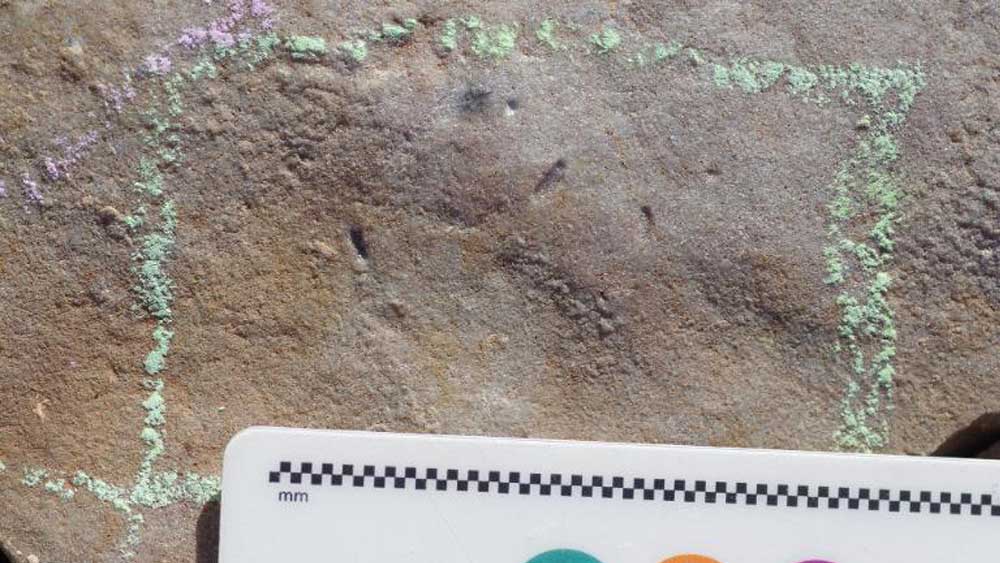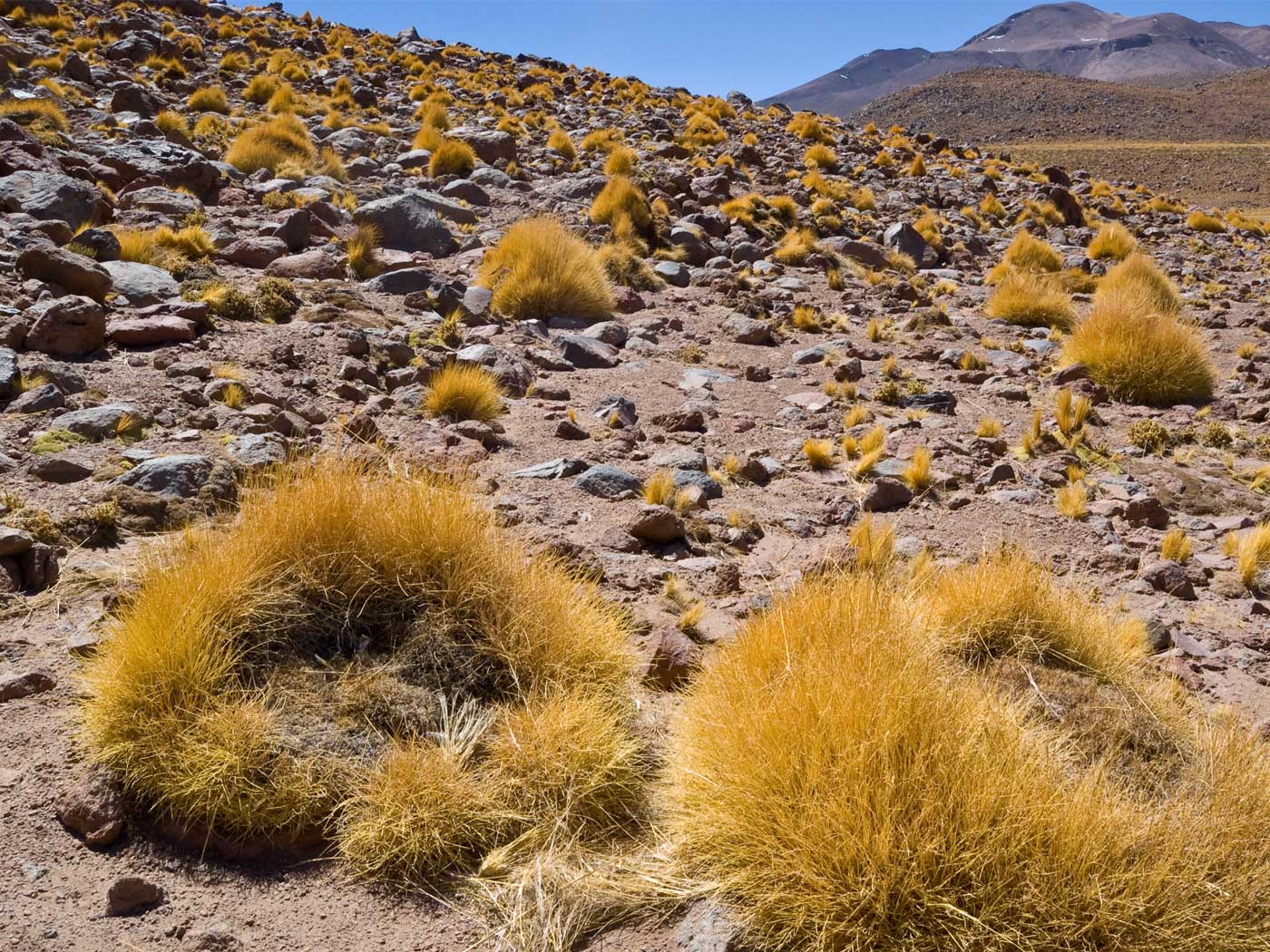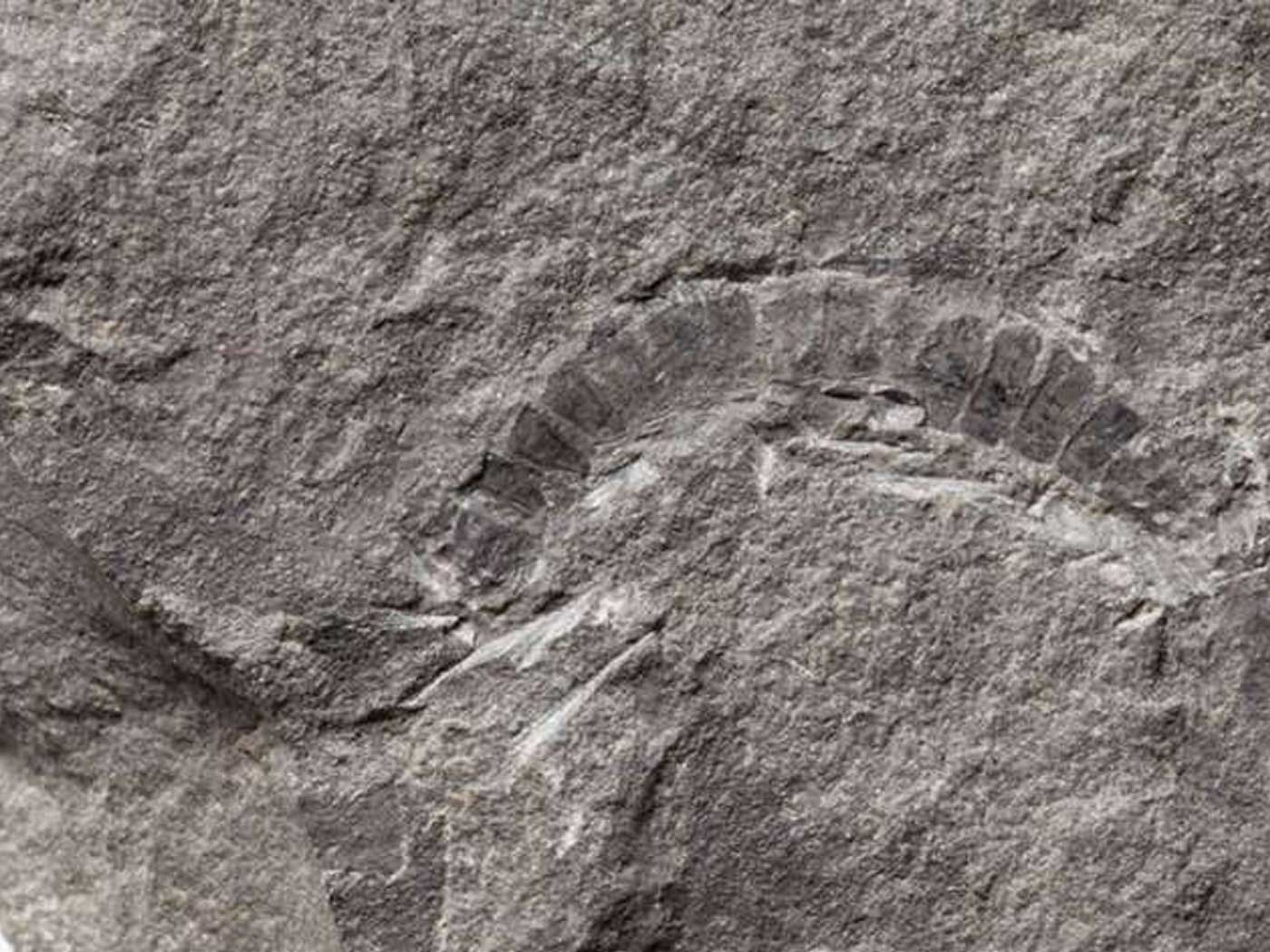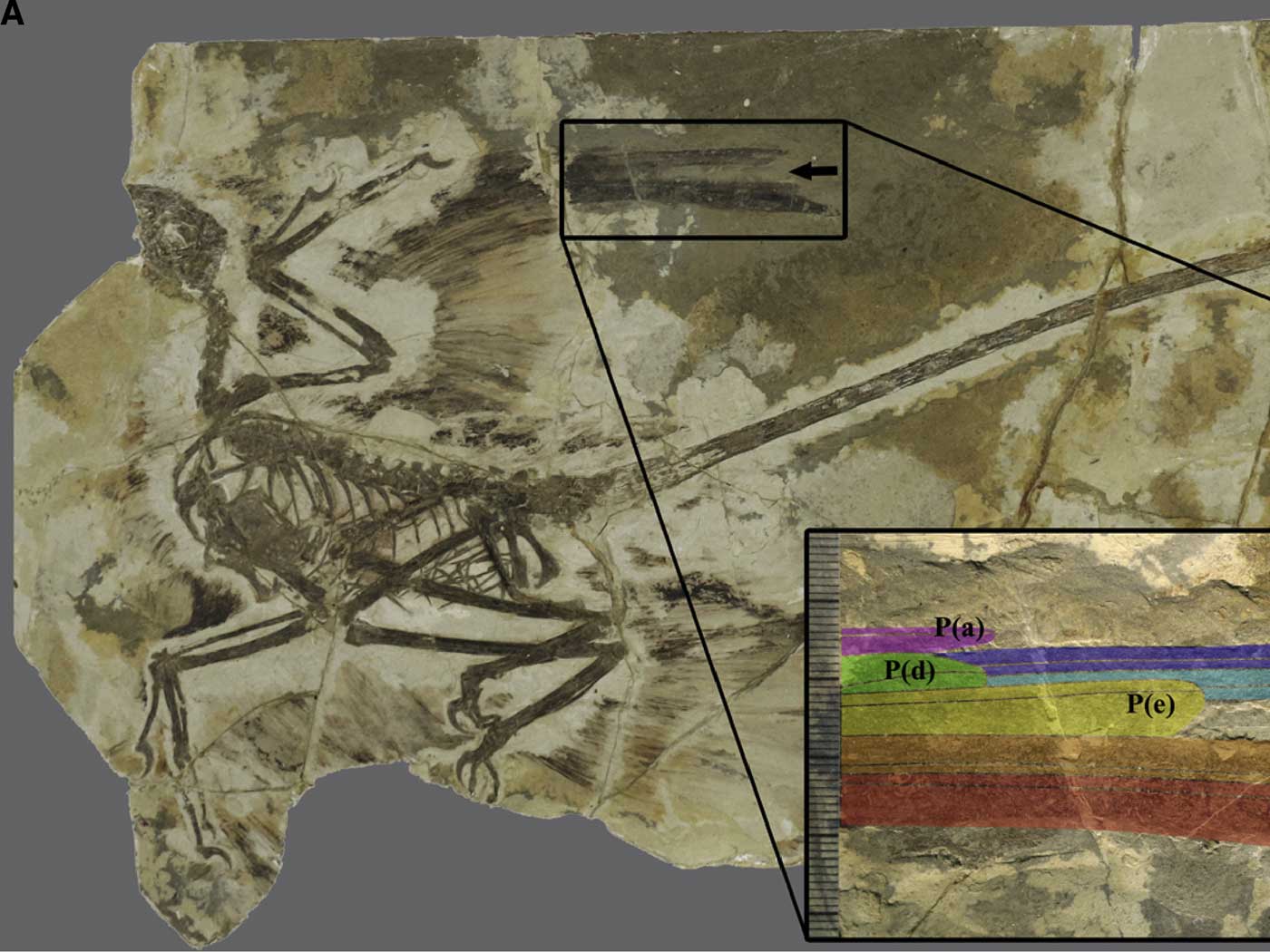Publishing in the Proceedings of the National Academy of Sciences, the science team from the University of California, Riverside, and the Smithsonian Institution named the worm burrows Ikaria wariootia. Ikaria means “meeting place” in the language of the Adnyamathanha people, a native tribe of Australia.2 The species name is derived from the Warioota Creek near the location of where the fossils were found.2
The rocks that contain these trace fossils are dated by secular scientists as 555 million years old, placing the fossils in the Ediacaran System. The Ediacaran is found just below the Cambrian System, when present. And in fact, some of these same trace fossils have also been found in Cambrian rocks.1 Most Flood geologists consider the Ediacaran to be either pre-Flood rocks or part of the earliest beginnings of the global Flood event that occurred about 4,500 years ago.
In addition, original unaltered material from fossil worms has already been found supporting this youthful age for Ediacaran fossils.3 Brian Thomas wrote,
“Fossil worm’s chitin-containing tubes look the same as those made by modern worms of the same type, complete with high-tech structural cross-layering of fine fibers….The idea that chitin or any unaltered biological material (soft tissue that has not yet decayed) can last longer than a million years has no direct experimental support. In fact, decay rate studies make a joke out of their deep-time age assignments.3
The spectacular claim that Ikaria wariootia represents a human ancestor stems from 3-D laser scan studies that indicate the worms that made the burrows were bilaterians. Displaced sediment and signs of feeding indicated that the worm had a front, back, and an opening at each end of the body (fitting the definition of a bilaterian), including a head, tail, and grooves suggesting muscles.2 It was supposedly among the first animals to have bodies that are mirror images along a midline—such as humans have bodies that are near mirror images from side to side.
“Burrows of Ikaria occur lower than anything else. It's the oldest fossil we get with this type of complexity,” said Mary Droser, one of the authors of the study. “We knew that we also had lots of little things and thought these might have been the early bilaterians that we were looking for.”2
Connecting rice-sized trace fossils to humans is a big stretch to say the least. But in the evolutionary worldview, all life is thought to be related through a single ancestor. To secular scientists this is another notch on their evolutionary tree.
However, the search for the connections, or transitions, from one animal type to another is the true battle evolutionists face because fossils do not show evidence of evolution. The fossil record merely shows new forms of life that are fully functional, in rock layer after rock layer. Flood geologists view the fossils as the result of their order of burial in the global Flood. Ikaria wariootia is just another rapidly buried fossil. It tells us nothing about ancestors and descendants.
References
1. Evans, S.D. et al. 2020. Discovery of the oldest bilaterian from the Ediacaran of South Australia. PNAS. https://doi.org/10.1073/pnas.2001045117.
2. Strickland, A. This worm-like creature is the first ancestor on the human and animal family tree. CNN. Posted on cnn.com March 23, 2020, accessed March 26, 2020.
3. Thomas, B. 2014. Still Soft after 551 Million Years? Acts & Facts. 43 (7).
Stage image: Ikaria wariootia burrow.
Stage image credit: CNN. Copyright © 2020. Adapted for use in accordance with federal copyright (fair use doctrine) law. Usage by ICR does not imply endorsement of copyright holder.
*Dr. Clarey is Research Associate at the Institute for Creation Research and earned a Ph.D. in geology from Western Michigan University.




























